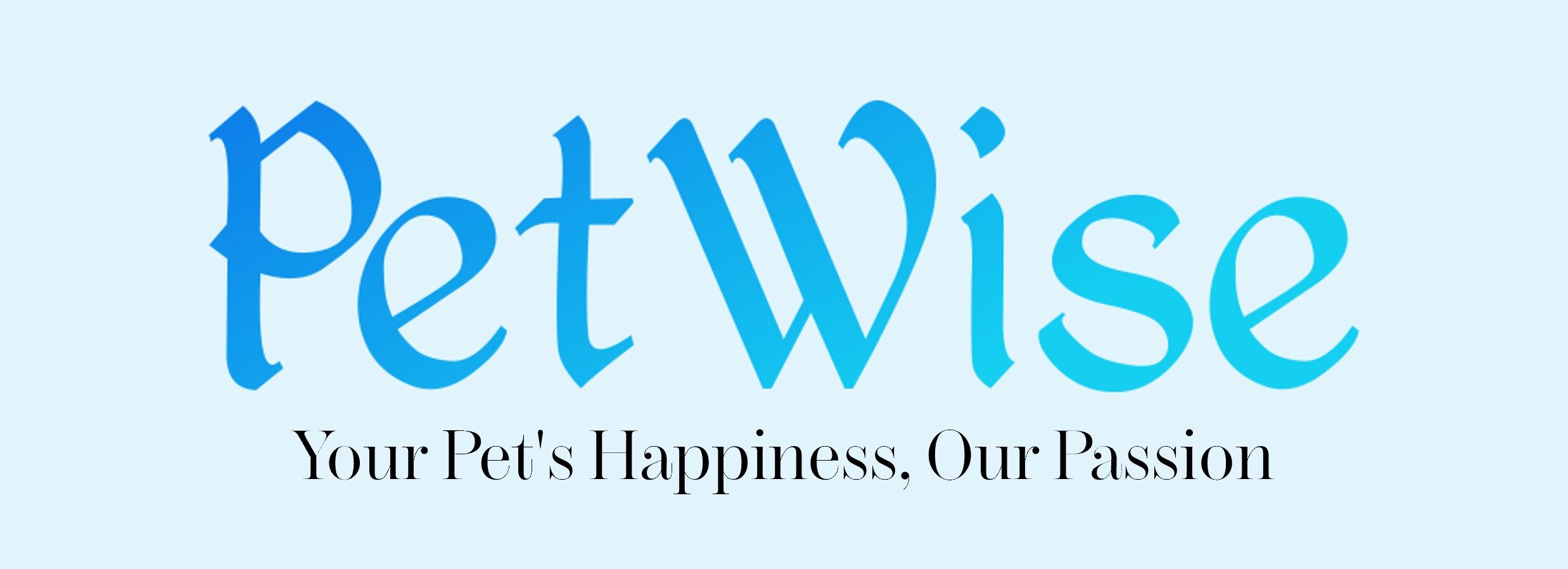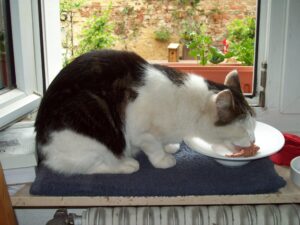My Uncle had a farm and mostly raised crops, pigs, and a few milking cows but one day he bent to the wishes of my cousins and purchased a fine old Bay. I say old because she had already had three owners in her eight years. Despite that she still had her frisky moments and was known to be good with kids. This turn of events was so exciting since as a young child growing up in the city, the only horsepower I knew was the rev of my neighbor’s muscle car, and I longed to know the real thing. A world opened up to me.
Horses are amazing creatures, full of surprises and lovely ways of communicating. When we know how to get and give the best in our relationships with this magnificent animal the rewards are many. Effective communication is at the base of it all.
Key Takeaways
Understanding equine body language is crucial for effective horse whispering.
Positive reinforcement fosters trust and cooperation between horse and human.
Key equine signals include tail position, ear orientation, and eye movement.
Building a bond with a horse requires patience, consistency, and empathy.
Effective horse whispering can lead to a respectful and harmonious relationship.
What is Horse Whispering Anyway?
Horse whispering is an art form that requires keen observation and an understanding of equine psychology. At its heart, it’s about recognizing that each horse has its own unique personality and set of signals. That is precisely why it takes patience and a keen eye for observation. These signals tell us about their feelings, needs, and intentions. By interpreting these cues, we can communicate with them in a way that’s both respectful and effective.
Incorporate Positive Reinforcement into Your Horse Whispering Practice
The groundwork should always be based in positive reinforcement. Rewarding desirable behaviors, which encourages the horse to repeat them with something pleasant—a gentle pat, a soothing voice, or a tasty treat—right after the horse does what we’re asking for. This not only makes training sessions enjoyable for the horse but also builds a foundation of trust and willingness to cooperate.
Remember, every interaction with your horse is a conversation. When you approach them, do so with calmness and confidence. Your body language should convey that you’re a friend, not a threat. By doing this, you’ll set the stage for a meaningful exchange, one where your horse feels safe expressing itself.
Most importantly, be patient. Building a connection takes time, and each horse will respond at its own pace. Celebrate the small victories and remain consistent in your methods. This patience will pay off in a relationship built on mutual respect and understanding.
How Horses Perceive Human Presence
Let’s start decoding the rich tapestry of horse body language together, and in doing so, deepen the bond you share with these magnificent creatures.
When you step into a horse’s space, you’re entering their world, and how you do it matters immensely. Horses are incredibly sensitive to our energy and body language. They can pick up on the slightest tension in our muscles or the subtlest shift in our posture. To them, these are loud signals, telling them whether we’re relaxed and trustworthy or anxious and potentially dangerous.
So, approach with a relaxed demeanor, a gentle touch, and a calm voice. These cues let the horse know you mean no harm. As prey animals, horses are hardwired to be wary, but with the right approach, they learn to see us as part of their herd—a companion rather than a predator.
An example of this was when my cousin John was first learning equine communication skills, he knew to approach his horse with light footsteps and his posture open. He spoke softly to announce his presence, allowing the horse to acknowledge him without feeling startled or threatened.
By understanding and respecting how horses perceive us, we lay the groundwork for everything that follows in our horse whispering journey.
Guide to Horse Whispering
Horse whispering is a dance, a back-and-forth of cues and responses that build the foundation of a deep, communicative relationship. It’s a dialogue, not a monologue. To become adept at this, we must start with the basics and build our skills step by step.
Preparation for Communication
First things first; getting into the right mindset. Before you even step into the ring or field with your horse, take a moment to breathe deeply, relax your body, and clear your mind of distractions. Horses are incredibly intuitive and can sense our emotions and intentions, so entering their space with a calm and focused energy is key.
Next, ensure you have everything you need at hand—treats for positive reinforcement, a halter, and perhaps a grooming brush to strengthen your bond through touch. Remember, preparation is not just about having the right tools, but also about setting the right tone for the interaction.
Finally, observe your horse from a distance before approaching. Look for signs of their mood and energy level. Are they calm and grazing, or are they showing signs of restlessness? This initial observation will guide how you initiate contact.
Center yourself and calm your mind.
Gather your tools and set positive intentions.
Observe your horse’s behavior and energy from afar.
Establishing Initial Contact
With a calm mind and a gentle heart, approach your horse slowly, letting them see and hear you as you come closer. Extend a hand and allow them to sniff you, giving them the chance to get to know your scent. Speak softly, using their name or a friendly greeting. This first contact is crucial—it’s where you ask for permission to enter their space. Learn more about the science of horse whispering to better understand these initial interactions.
Pay close attention to how they react. A nuzzle or a soft blow through their nostrils is a good sign, indicating they’re comfortable with your presence. If they step away or show signs of discomfort, respect their space and try again later. It’s all about building trust, one step at a time.
Gauging Your Horse’s Comfort Level
As you spend more time with your horse, you’ll become more attuned to their comfort levels. Look for signs of relaxation—a lowered head, a soft eye, a sigh. These are your green lights, telling you your horse is feeling at ease with you. On the flip side, a raised head, wide eyes, or tensed muscles are signals that they’re not quite there yet. For more insights on animal behavior, check out brain training exercises for dogs which can be adapted for horses as well.
It’s essential to respect these signals. Pushing a horse past its comfort zone can damage the trust you’re working so hard to build. Instead, acknowledge their feelings and work at a pace they’re comfortable with. For more insight into equine behavior, you could consider exploring brain training exercises for dogs, which can also be adapted for horses to enhance cognitive engagement.
Respond Appropriately
Communication is a two-way street. This means if your horse shows signs of comfort and curiosity, you can gradually introduce new elements to your interaction—perhaps a gentle grooming session or a short leading exercise.
If they seem hesitant or unsure, take a step back. Give them space and time to adjust. Always reward positive interactions with a treat or a kind word, reinforcing the behaviors you want to see. Remember, positive reinforcement isn’t just about treats; it’s about creating a positive experience for the horse.
As you grow more confident in your abilities, you can start to introduce challenges that encourage your horse to think and engage with you. This could be as simple as navigating an obstacle course together or learning a new command. The key is to keep the experience positive and rewarding for both of you, and the goal is a harmonious relationship, not dominance or control.
Consistency is Key
Building a deep bond with your horse isn’t a one-time event; it’s a daily commitment. Set aside time each day for interaction, whether it’s a training session or a grooming session, or simply spending time together in the pasture. This regular contact helps solidify your bond and reinforces the trust and respect between you.
Moreover, be patient and celebrate the small victories. Every positive interaction is a step forward in your relationship. Keep sessions short and sweet, especially in the beginning, to end on a positive note and leave your horse looking forward to the next time.
In conclusion, interpreting equine signals through the art of horse whispering is a journey of patience, empathy, and respect. By using positive reinforcement and understanding the nuances of horse body language, we open the door to a remarkable friendship. So, take these steps to heart, practice them diligently, and watch as the bond with your horse grows stronger each day.
Consistency and Routine in Training
Remember, every horse is an individual. Some may catch on quickly, while others need more time to process and learn. Patience is about respecting their learning curve and adapting your approach to fit their needs. With patience, you’ll build a stronger, more resilient bond that can weather the ups and downs of training.
FAQs
What Exactly Is Horse Whispering?
Horse whispering is a gentle, empathetic approach to training and communicating with horses. It’s based on the principles of understanding equine behavior and body language and using this knowledge to interact with horses in a way that’s respectful and non-confrontational. It’s not about dominance or intimidation; it’s about partnership and trust.
Can Horse Whispering Techniques Harm the Horse?
When practiced correctly, horse whispering techniques are not only harmless but beneficial. They’re designed to create a positive learning environment for the horse, reducing stress and building confidence. However, any training method can be misused, so it’s crucial to approach horse whispering with the right mindset and a solid understanding of equine behavior.
How Long Does It Take to See Results with Positive Reinforcement?
The time it takes to see results with positive reinforcement can vary widely depending on the horse, the trainer, and the specific behaviors being taught. Some horses may show immediate improvements, while others may take weeks or even months. The key is consistency and repetition. Over time, positive reinforcement can lead to lasting behavioral changes.
Are There Different Approaches to Horse Whispering?
Yes, there are different approaches to horse whispering, each with its own techniques and philosophies. Some may focus more on the psychological aspects of horse behavior, while others might incorporate more tactile methods like touch and movement. The core principles are respect, empathy, and clear communication.
How Can I Tell If My Horse Trusts Me?
You can tell if your horse trusts you by observing their body language and behavior when you’re around. Signs of trust include a relaxed posture, willingness to follow your lead, and calmness even in new or potentially frightening situations. A trusting horse may also seek out your company and show affection towards you.
In the end, the art of horse whispering is a beautiful testament to the connection that’s possible between humans and horses. By tuning into the subtleties of equine communication and responding with kindness and respect, we open up a world of mutual understanding. It’s a journey that requires dedication and heart, but the rewards—a bond that transcends words—are truly immeasurable.




Leave a Reply